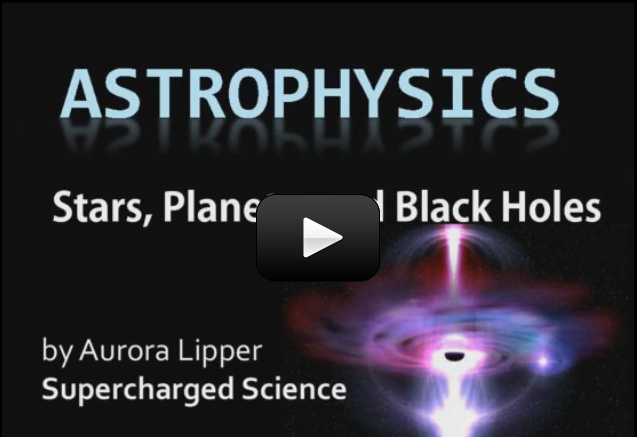This is a recording of a recent live teleclass I did with thousands of kids from all over the world. I've included it here so you can participate and learn, too
Our solar system includes rocky terrestrial planets (Mercury, Venus, Earth, and Mars), gas giants (Jupiter and Saturn), ice giants (Uranus and Neptune), and assorted chunks of ice and dust that make up various comets and asteroids.
Did you know you can take an intergalactic star tour without leaving your seat? To get you started on your astronomy adventure, I have a front-row seat for you in a planetarium-style star show. I usually give this presentation at sunset during my live workshops, so I inserted slides along with my talk so you could see the pictures better. This video below is long, so I highly recommend doing this with friends and a big bowl of popcorn. Ready?
Please login or register to read the rest of this content.


The purpose of that question is to help you think about what happens to stars at the end of their life. Depending on their size, they turn into white dwarfs, explode as supernovae or even collapse into black holes.
What is the answer to question 3 above? What happened to the stars in the last slide of the show?
The sun actually isn’t fire or lava (even though it does kind of look like that!) the surface of the sun is actually plasma (super-heated gas). The sun appears yellow/orange because the air around our planet absorbs blue light coming from the sun, which makes it appear yellow, orange, (or even red when the sun is close to the horizon at sunrise or sunset).
Is the Sun yellow or orange because of the the lava or the fire?
That is the Delta II rocket from United Launch Alliance (ULA).
What is that rocket called?
Those points you see on stars in some astrophoto are actually caused by the telescope and are called diffraction spikes. They are caused by support rods that hold a mirror in the middle of the path where light enters the telescope.
Are stars really pointed, as they are shone in pictures?
Do you see in the “material list” that there is a link that says “Print out THIS WORKSHEET” ? Click on it for the PDF to download.
I am not seeing the links for the worksheets. I see a link for black hole game, but that’s the only one I see. Please tell me where to find them! Thanks!